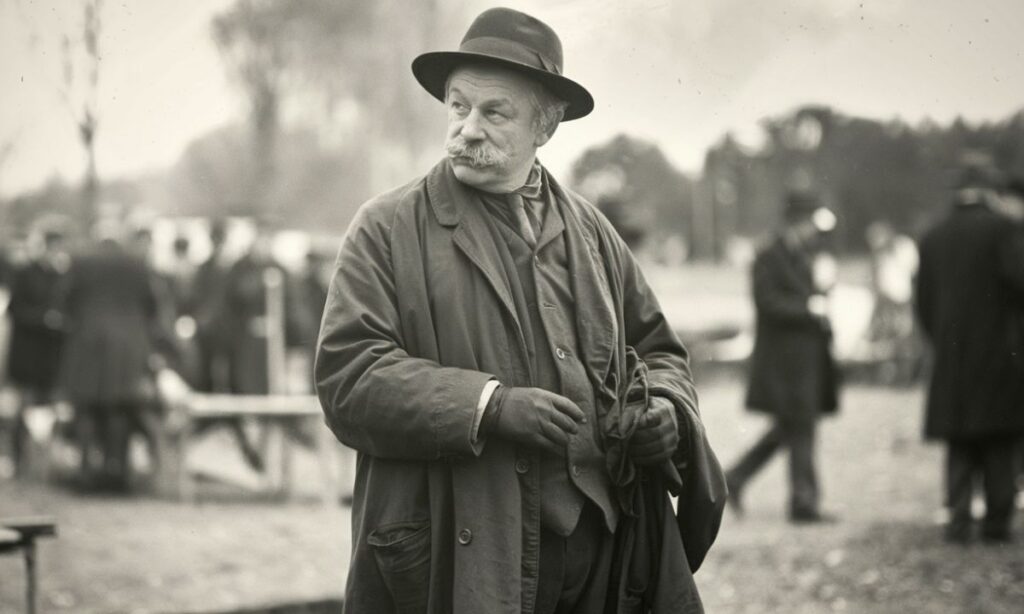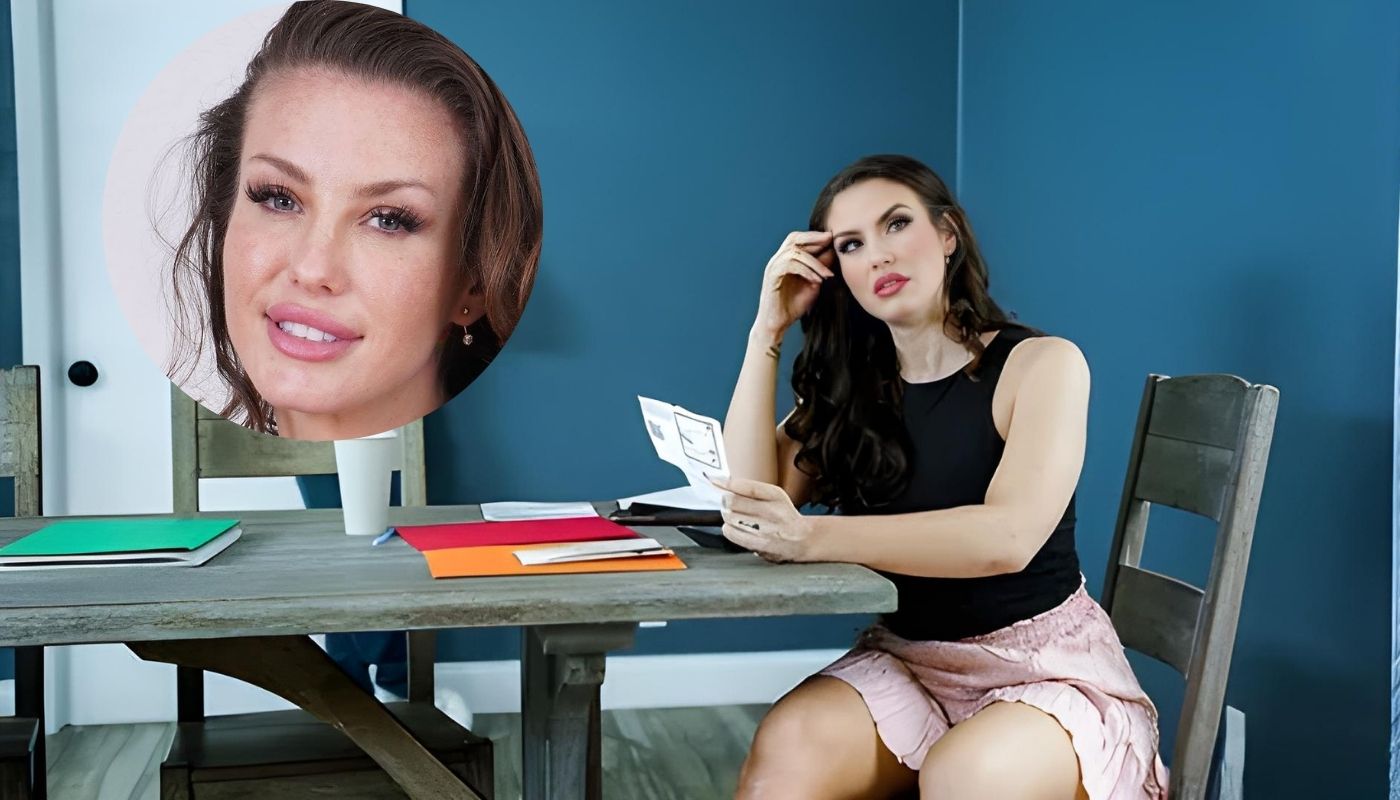Ferdinand Berthier was a pioneering Deaf educator, cultural icon, and unyielding advocate in 19th-century France. His work laid the foundations for modern Deaf education and fostered a strong sense of Deaf identity and cultural pride. Berthier’s legacy in Deaf rights, sign language education, and the creation of cultural institutions for the Deaf remains a cornerstone in the history of Deaf empowerment and social inclusion.
Ferdinand Berthier’s Early Life and Education
Ferdinand Berthier was born in 1803 in Louhans, France. Born into a hearing family, Berthier’s early years were shaped by the challenges of being a Deaf individual in a hearing society. At a young age, he attended the National Institute for the Deaf (Paris), a renowned institution for Deaf education, where he would eventually become a pivotal figure.
Key Influences and Mentorship
During his time at the National Institute, Berthier was mentored by several influential educators:
- Abbé Sicard – Director of the Institute and a key proponent of sign language in Deaf education.
- Jean Massieu – A Deaf educator who taught Berthier through sign language and served as an inspiration.
- Laurent Clerc – A fellow Deaf educator who traveled to the United States to co-found the first American school for the Deaf.
These mentors not only provided Berthier with an education but also instilled in him a commitment to Deaf rights and cultural identity.
Joining the Faculty at the National Institute for the Deaf
After completing his studies, Berthier became a faculty member at the National Institute, marking the beginning of his lifelong career in Deaf education. He was among the first Deaf individuals to teach at the Institute, a breakthrough that challenged societal assumptions about the capabilities of Deaf individuals.
Role as a Mentor and Advocate
As a teacher, Berthier encouraged his students to embrace sign language and develop a strong Deaf identity. He believed in the potential of Deaf students and aimed to cultivate independence and self-confidence within his students. His role as an educator went beyond the classroom, as he became a symbol of Deaf empowerment and a role model.
Innovative Teaching Methods and Philosophy
Berthier’s teaching methods were revolutionary for his time. Unlike many educators who favored oralism, Berthier championed sign language as a natural and effective form of communication for Deaf individuals.
Bilingual Education Approach
Berthier adopted a bilingual approach, integrating both French and French Sign Language (LSF). This method was not only practical but also fostered a sense of pride in Deaf culture. His approach emphasized:
- Visual Learning: Using visual aids and gestures to enhance understanding.
- Interactive Teaching: Encouraging students to express themselves freely in sign language.
- Language Respect: Emphasizing the value of LSF, which was often undervalued by mainstream educators.
Berthier’s methods were a form of educational reform, setting the standard for future Deaf education practices.
Championing the Use of Sign Language
Berthier’s advocacy for sign language was a defining aspect of his career. At a time when oralism (the teaching of speech and lip-reading) was becoming popular, Berthier defended sign language as the natural language of the Deaf.
Resistance Against Oralism
Oralism was widely promoted, but Berthier believed it limited self-expression and failed to address the unique needs of Deaf individuals. He argued that sign language allowed for full participation in education and society, which was essential for Deaf empowerment. His efforts to promote sign language were not only about communication but also about preserving Deaf identity and cultural integrity.
Creation and Impact of Silent Banquets
One of Berthier’s most notable achievements was the creation of Silent Banquets, which became a symbol of Deaf solidarity and cultural pride.
Origins and Purpose
The Silent Banquets began as a celebration of Deaf culture where Deaf individuals gathered to communicate exclusively through sign language. These events:
- Reinforced Community Bonds: Allowed Deaf individuals to connect and celebrate their culture.
- Promoted Deaf Identity: Celebrated the unique linguistic and social aspects of Deaf culture.
- Encouraged Social Inclusion: Demonstrated the Deaf community’s solidarity and pride.
Silent Banquets as Cultural Events
Held annually, these gatherings fostered a sense of unity and were a powerful form of community building. They also provided an opportunity to promote social inclusion by inviting hearing allies and demonstrating the richness of Deaf culture through sign language.
Advocacy and Political Activism

Berthier was a tireless advocate for Deaf rights and social inclusion. His activism extended beyond the classroom and into the political sphere.
Founding the French Deaf Society
In 1834, Berthier founded the French Deaf Society, the first organization of its kind in France. The society focused on:
- Advocating for Legal Recognition: Pushing for the rights of Deaf individuals in French law.
- Promoting Deaf Employment: Addressing the need for employment opportunities for Deaf people.
- Social and Cultural Support: Providing a space for Deaf individuals to gather and support each other.
Engagement with Politicians
Berthier’s interactions with French political figures helped raise awareness of Deaf issues. He successfully campaigned for:
- Recognition of Deaf Rights: Gaining acknowledgment of the Deaf community’s rights in society.
- Support for Deaf Education: Advocating for improved funding and resources for Deaf education.
Cultural Contributions and Promotion of Deaf Culture
Berthier’s cultural contributions helped to define and promote Deaf culture in France, establishing traditions that continue to impact the Deaf community today.
Establishment of Cultural Traditions
Berthier encouraged Deaf individuals to take pride in their language and heritage. Through events like the Silent Banquets and his literary contributions, he promoted:
- Pride in Deaf Identity: Instilling confidence in Deaf individuals about their cultural uniqueness.
- Cultural Continuity: Establishing a legacy of Deaf cultural practices that persist today.
Artistic and Literary Contributions
Berthier supported Deaf individuals in the arts and literature, creating opportunities for self-expression and cultural enrichment.
Literary Works and Publications
Berthier’s literary contributions were a fundamental part of his legacy. He authored several works, including biographies of notable Deaf individuals and scholarly publications on Deaf education.
Notable Publications
Among his works, Histoire et statistique de l’éducation des sourds-muets is a seminal text in the field of Deaf education. This publication:
- Documented the State of Deaf Education: Provided a detailed analysis of the educational landscape for Deaf individuals in France.
- Celebrated Deaf Achievements: Highlighted the accomplishments of Deaf educators and community leaders.
- Educated the Hearing Public: Helped to bridge the gap between Deaf and hearing communities by raising awareness.
Influence on Public Perception
His writings influenced how the French society viewed Deaf individuals, breaking down prejudices and advocating for social inclusion.
Impact on Deaf Education and Pedagogical Advancements
Through his work, Berthier introduced educational practices that had a lasting impact on Deaf education.
Defining a Deaf-Centric Curriculum

Berthier’s approach to education was Deaf-centered, emphasizing the unique needs and abilities of Deaf students. His curriculum focused on:
- Using Sign Language as the Primary Mode of Instruction: Ensuring Deaf students had access to accessible education.
- Encouraging Deaf Teachers: Believing that Deaf educators could better understand and address the needs of their students.
Long-Term Influence
Berthier’s educational practices influenced generations of Deaf educators, establishing standards in teaching methods that are still valued today.
Legacy and Influence on Future Generations
Ferdinand Berthier’s legacy continues to inspire the Deaf community and advocates for Deaf rights worldwide.
Influence Beyond France
His contributions reached internationally, influencing Deaf education and advocacy movements in other countries. His philosophy on Deaf empowerment and social inclusion set a standard for future advocates.
Memorials and Recognition
Berthier is celebrated in memorials and events commemorating his contributions, and his name remains synonymous with Deaf empowerment.
Frequently Asked Questions
Who was Ferdinand Berthier?
19th-century Deaf educator, cultural figure, and advocate, Berthier revolutionized Deaf education and promoted Deaf rights in France.
What were Silent Banquets?
Silent Banquets were cultural gatherings organized by Berthier where Deaf individuals celebrated their culture and language, fostering Deaf identity and unity.
What is Berthier’s legacy in Deaf education?
Berthier’s contributions laid the foundation for modern Deaf education and advocacy, emphasizing sign language and Deaf empowerment.
Why is Berthier remembered today?
His work in promoting Deaf culture andsocial inclusion remains a guiding influence for Deaf rights and cultural identity movements worldwide.
Who was the first known teacher for the deaf in France?
The first known teacher for the deaf in France was Abbé de l’Épée, who established the first public school for the Deaf in Paris in the 18th century, paving the way for Deaf education.
What did Ferdinand Berthier do?
Ferdinand Berthier revolutionized Deaf education in 19th-century France by promoting sign language and establishing cultural events like Silent Banquets to empower the Deaf community.
How did the 1880 Milan conference affect deaf education?
The 1880 Milan Conference shifted Deaf education toward oralism, discouraging sign language use and impacting teaching methods worldwide, often sidelining Deaf culture.
Who was the father of deaf education in the United States?
Thomas Gallaudet is known as the father of Deaf education in the U.S., co-founding the first American school for the Deaf in Hartford, Connecticut, in 1817.

Brook with 5 years in celebrity styling. Transforms A-list looks into wearable trends.
Expert in red carpet glamour and everyday chic for the stars.





